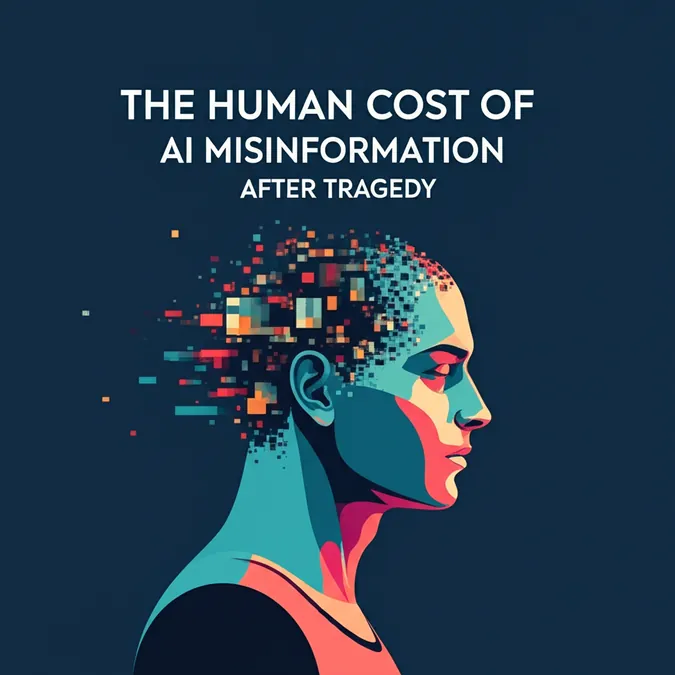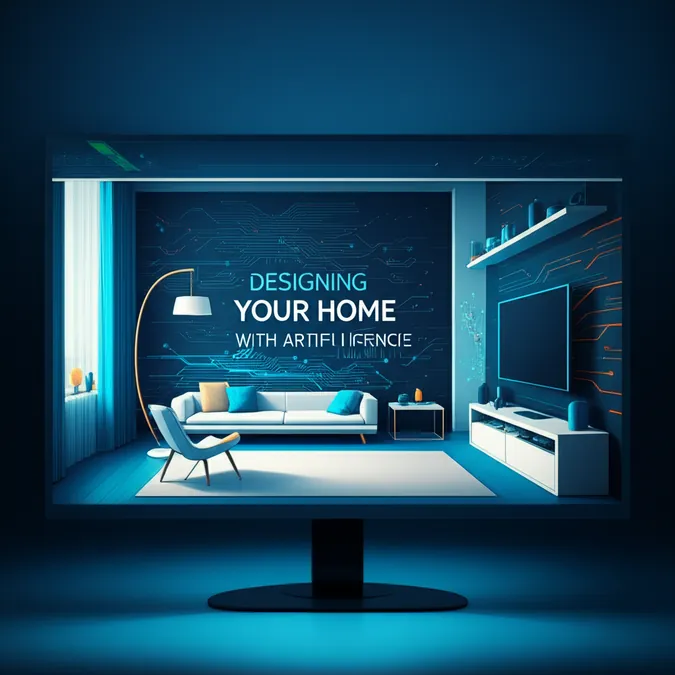The Real Cost of AI for Chinas Graphic Artists
Sendi Jia, a designer with a studio spanning Beijing and London, often uses AI to create simple background images for clients on a tight budget. But this helpful tool recently showed its disruptive side. A potential university client, after discussing a logo project with Jia, abruptly changed course. They had used an AI generator to create the logo themselves.
This incident highlights a growing challenge for Chinese graphic artists: the rapid, and often negative, impact of image generators on their work. The technology is making it easier for others to copy styles, while also warping clients' expectations about the time and money required for creative projects. Freelancers and designers in style-conscious fields like advertising are feeling the pressure most acutely.
AI Accelerates the Art of the Copy
Long before the rise of AI, designers at major Chinese tech companies were often told to mimic the aesthetics of competitors. According to an anonymous employee at a large online shopping platform, this was common practice. Where a human designer would need to carefully deconstruct and understand a style to replicate it, an AI can produce countless variations with a simple prompt. While many results are flawed, they can serve as a starting point for another designer to refine.
"I think it’d be easier to replace me if I didn’t embrace [AI],” the employee notes. As tools like Stable Diffusion and Midjourney gained traction, their company tasked English-speaking employees with mastering them. The goal was to learn how to write effective prompts and use AI to efficiently copy popular artistic styles that would have previously taken significant time to study and replicate.
Redefining a Designer's True Value
This new reality is forcing a professional identity crisis. “I think it forces both designers and clients to rethink the value of designers,” Jia says. “Is it just about producing a design? Or is it about consultation, creativity, strategy, direction, and aesthetic?”
For complex projects, AI's limitations become clear. In advertising, for instance, designers develop comprehensive campaign strategies to build an iconic and recognizable visual identity. Erbing, a Beijing-based graphic designer, explains that AI generators are less useful here because they don't produce truly unique or strategic work.
“Each project faces different problems, and designers are there to solve specific problems, not to create identical visuals,” he says. “Sometimes, the process of thinking through a project takes longer than actually creating the visuals.”
A Creative Gamble: AI as a 'Toy, Not a Tool'
Translating high-level creative concepts into effective AI prompts is a challenge in itself. The process is so unpredictable that Chinese designers have a running joke: using an AI image generator is like playing gacha games, the addictive games where players spend money on randomized digital items.
“You might get a good result, but there will inevitably be dozens or even hundreds of poor ones… Personally, I see [AI image generators] as more of a toy than a tool.”
The High Cost of AI Hype
Across the industry, artists report that the hype around AI has soured client perceptions of their work's value. Clients now often expect designers to deliver more, faster, and for less money. This downward pressure on budgets and timelines inevitably lowers the quality of the final product.
“There is now a significant misperception about the workload of designers,” Erbing states. “Some clients think that since AI must have improved efficiency, they can halve their budget.” This ignores the reality that the majority of a designer's time is spent on thinking, strategy, and problem-solving—not just image production.
While designers like Erbing hope AI will evolve into a more genuinely useful tool, its current impact is clear. The perception of its power is outpacing its practical application, twisting the client-artist relationship and devaluing the very human creativity it claims to augment.


